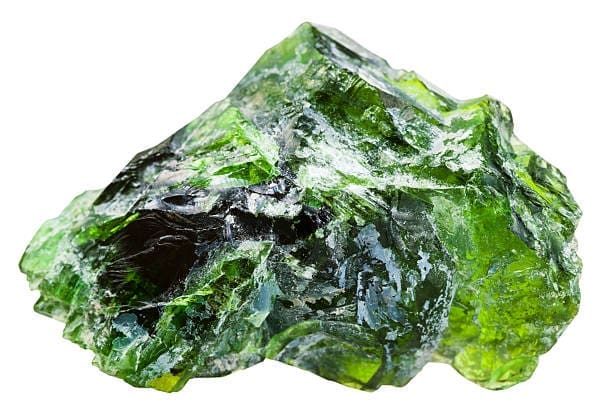As a mineral collector, you are always on the lookout for unique and beautiful specimens to add to your collection. Green apophyllite is a mineral that is sure to catch your eye with its stunning green color and interesting crystal structure. But green apophyllite is not just a pretty face – it also has a fascinating geology and mineralogy that make it an interesting addition to any collection.
Green apophyllite is a mineral that belongs to the apophyllite group, which also includes other minerals such as white apophyllite and rainbow apophyllite. It is often found in hydrothermal veins, which are deposits that form when hot fluids circulate through rocks and minerals. These veins can be found in a variety of rock types, including granite, basalt, and gneiss.
One of the most striking features of green apophyllite is its crystal structure. The crystals are typically prismatic and elongated, with a triangular cross section. They can grow to quite large sizes, with some specimens reaching up to 10 cm in length. The green color of the mineral is caused by the presence of iron and manganese impurities in the crystal structure.
In terms of its physical properties, green apophyllite is a relatively soft mineral, with a Mohs hardness of 4-4.5. It is also quite brittle, so it is important to handle it with care to avoid damaging the crystals. Despite its softness, green apophyllite is a popular choice for collectors due to its beauty and rarity.
In addition to its use as a collector’s item, green apophyllite also has some interesting metaphysical properties. It is believed to be a powerful healing stone that can help to balance the chakras and promote emotional well-being. It is also thought to have a calming effect, which makes it a popular choice for use in meditation and yoga practices.
Overall, green apophyllite is a unique and beautiful mineral that is sure to be a standout addition to any collection. Its stunning green color, interesting crystal structure, and fascinating geology make it a must-have for any mineral enthusiast.


